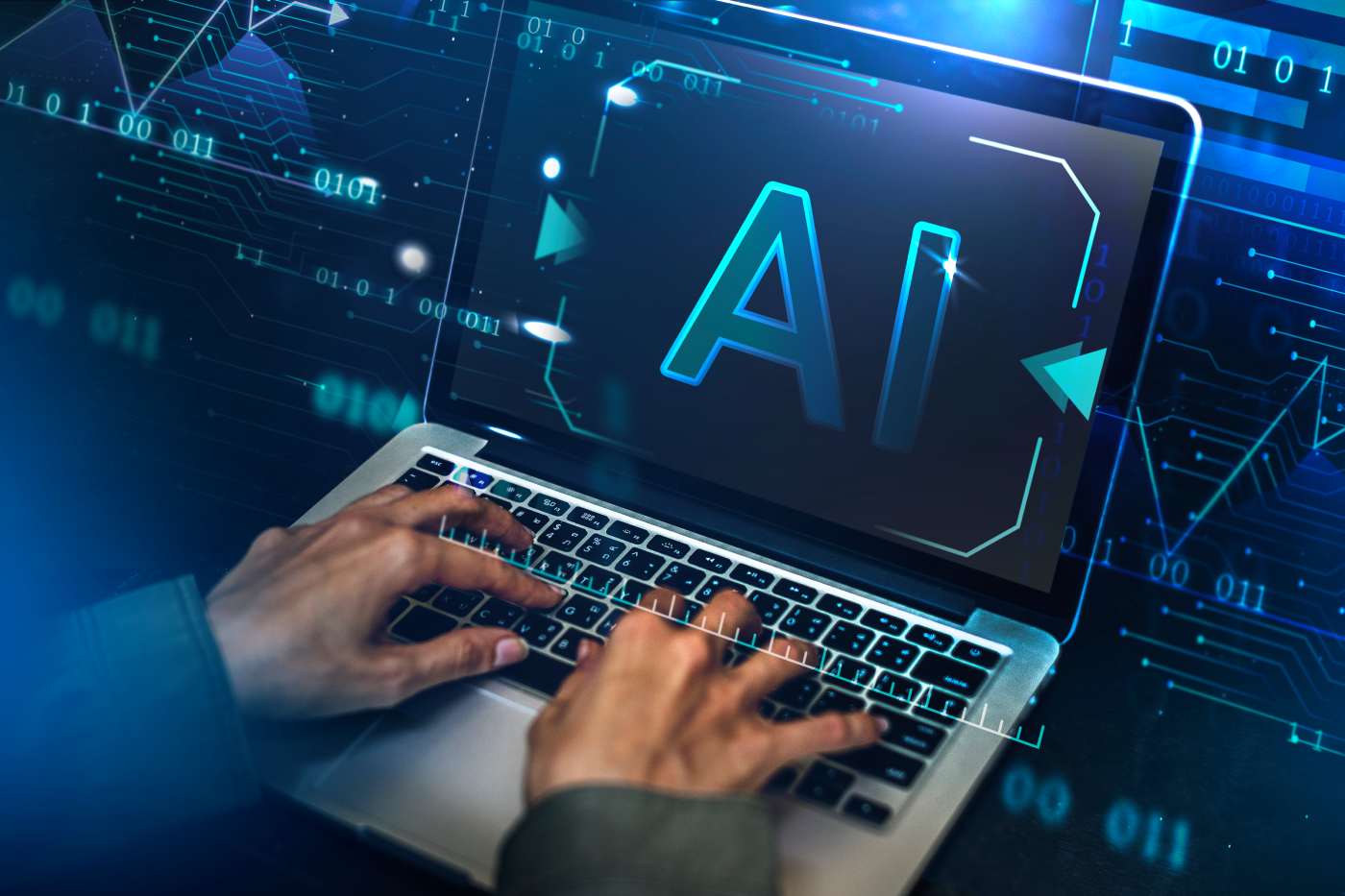It’s hard to argue digital technology’s transformative effects. Yet according to a report from MIT Sloan Management Review and IT services and consultancy firm Capgemini, businesses are struggling to capitalize on technology trends like mobility, social media and analytics. And the problem starts at the top. A mere 38 percent of the 1,559 executives and […]
Datamation content and product recommendations are
editorially independent. We may make money when you click on links
to our partners.
Learn More
It’s hard to argue digital technology’s transformative effects. Yet according to a report from MIT Sloan Management Review and IT services and consultancy firm Capgemini, businesses are struggling to capitalize on technology trends like mobility, social media and analytics.
And the problem starts at the top.
A mere 38 percent of the 1,559 executives and managers surveyed by MIT and Capgemini for the report said that their CEO’s agenda included digital transformation as a permanent fixture. This puts top executives largely at odds with their workforces.
Seventy eight percent of respondents said “achieving digital transformation will become critical to their organizations within the next two years,” stated the report. Further, 63 percent dinged their organizations on their slow approach to technological change. A “lack of urgency” was the most commonly stated reason why businesses are dragging their heels on implementing new technologies.
Only 36 percent of CEOs have shared their vision for digital transformation. Encouragingly, for those CEOs that shared their vision for modernizing their IT operations and processes, they gained the overwhelming support of their employees (93 percent) while a whopping 73 percent strongly agreed with the sentiment.
Age may be playing a role in a CEO’s reluctance to steer a new technological course.
“Responses to the survey suggest a deep-rooted perception that older people will have trouble reframing,” said the report. “Bill Gates may be 58, and Gordon Moore of Moore’s Law fame is 84, but there’s still a perception that older people are technophobic, and older managers don’t want to deal with technologic change.”
Respondents described management as “dinosaurs” and “old people” aged 55 and above that fail to grasp technology’s benefits. On the other side of the coin, MIT and Capgemini floated the possibility that “younger people haven’t seen the pile of bones built up from myriad obsolete technologies.
“Older executives and managers need to understand that their age can undermine faith in their ability and interest in leading digital transformation, and develop approaches to make it clear that they want to see transformation occur,” concluded the report.
Ultimately, many businesses are missing out on opportunities to deliver enhanced customer experiences and improve their operations. And the longer they wait, the report suggests, the farther organization will be from achieving those benefits.
Only 15 percent of respondents were classified as digitally mature — essentially able to leverage new technologies to improve their businesses. Sixty-five percent ranked as beginners.
Pedro Hernandez is a contributing editor at Datamation. Follow him on Twitter @ecoINSITE.
Photo courtesy of Shutterstock.
-
Ethics and Artificial Intelligence: Driving Greater Equality
FEATURE | By James Maguire,
December 16, 2020
-
AI vs. Machine Learning vs. Deep Learning
FEATURE | By Cynthia Harvey,
December 11, 2020
-
Huawei’s AI Update: Things Are Moving Faster Than We Think
FEATURE | By Rob Enderle,
December 04, 2020
-
Keeping Machine Learning Algorithms Honest in the ‘Ethics-First’ Era
ARTIFICIAL INTELLIGENCE | By Guest Author,
November 18, 2020
-
Key Trends in Chatbots and RPA
FEATURE | By Guest Author,
November 10, 2020
-
Top 10 AIOps Companies
FEATURE | By Samuel Greengard,
November 05, 2020
-
What is Text Analysis?
ARTIFICIAL INTELLIGENCE | By Guest Author,
November 02, 2020
-
How Intel’s Work With Autonomous Cars Could Redefine General Purpose AI
ARTIFICIAL INTELLIGENCE | By Rob Enderle,
October 29, 2020
-
Dell Technologies World: Weaving Together Human And Machine Interaction For AI And Robotics
ARTIFICIAL INTELLIGENCE | By Rob Enderle,
October 23, 2020
-
The Super Moderator, or How IBM Project Debater Could Save Social Media
FEATURE | By Rob Enderle,
October 16, 2020
-
Top 10 Chatbot Platforms
FEATURE | By Cynthia Harvey,
October 07, 2020
-
Finding a Career Path in AI
ARTIFICIAL INTELLIGENCE | By Guest Author,
October 05, 2020
-
CIOs Discuss the Promise of AI and Data Science
FEATURE | By Guest Author,
September 25, 2020
-
Microsoft Is Building An AI Product That Could Predict The Future
FEATURE | By Rob Enderle,
September 25, 2020
-
Top 10 Machine Learning Companies 2021
FEATURE | By Cynthia Harvey,
September 22, 2020
-
NVIDIA and ARM: Massively Changing The AI Landscape
ARTIFICIAL INTELLIGENCE | By Rob Enderle,
September 18, 2020
-
Continuous Intelligence: Expert Discussion [Video and Podcast]
ARTIFICIAL INTELLIGENCE | By James Maguire,
September 14, 2020
-
Artificial Intelligence: Governance and Ethics [Video]
ARTIFICIAL INTELLIGENCE | By James Maguire,
September 13, 2020
-
IBM Watson At The US Open: Showcasing The Power Of A Mature Enterprise-Class AI
FEATURE | By Rob Enderle,
September 11, 2020
-
Artificial Intelligence: Perception vs. Reality
FEATURE | By James Maguire,
September 09, 2020
SEE ALL
ARTICLES
Pedro Hernandez is a contributor to Datamation, eWEEK, and the IT Business Edge Network, the network for technology professionals. Previously, he served as a managing editor for the Internet.com network of IT-related websites and as the Green IT curator for GigaOM Pro.









